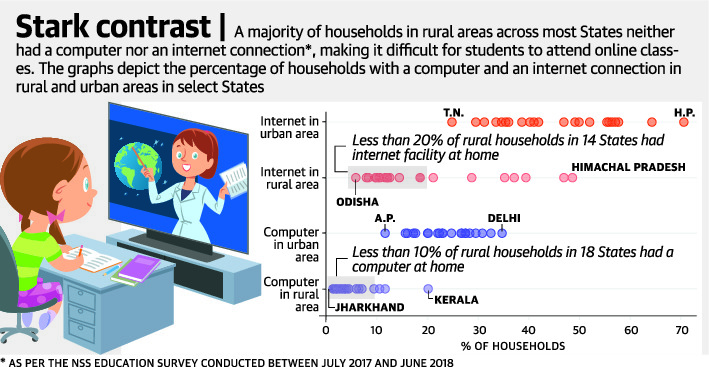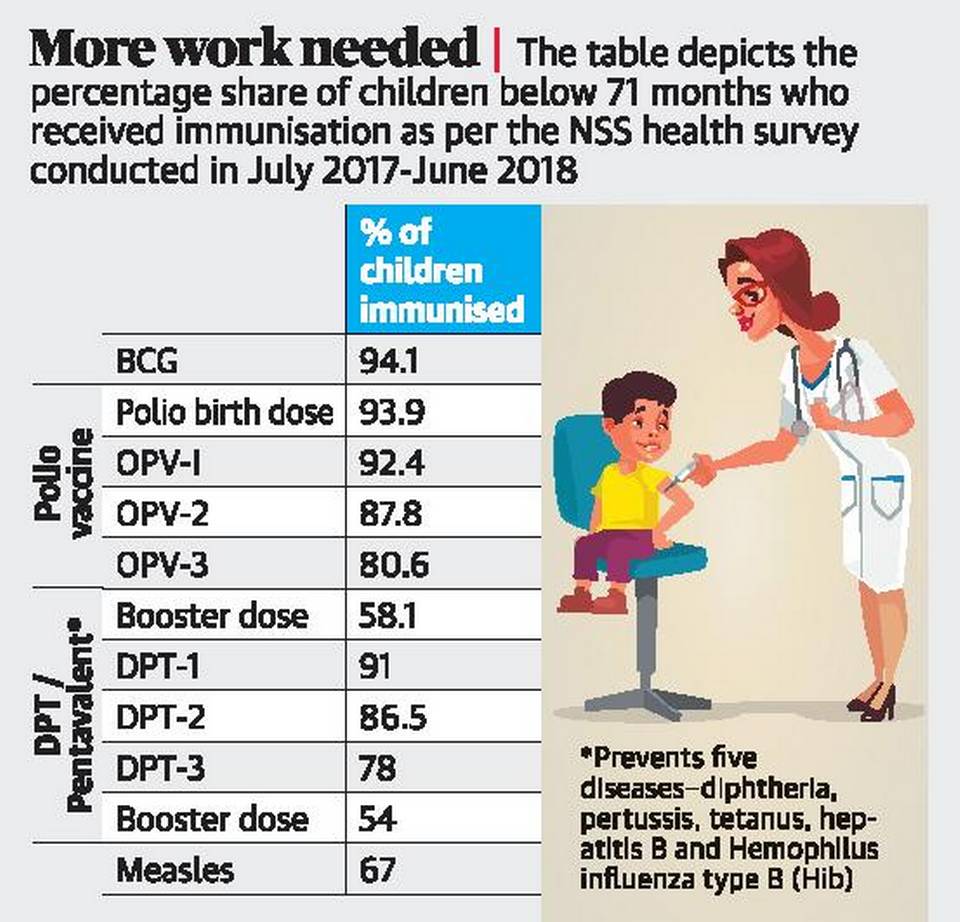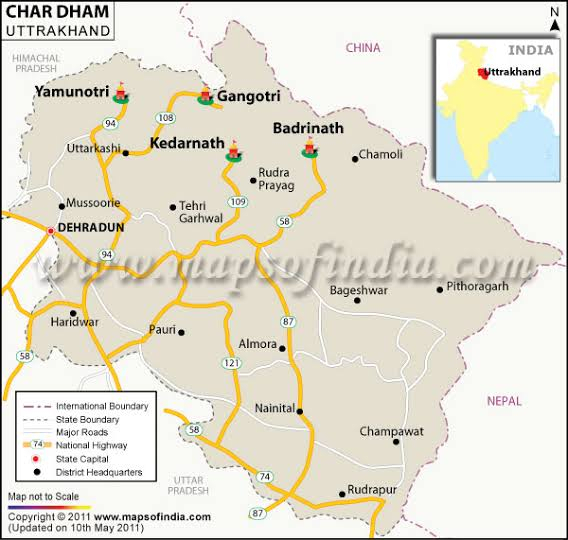Contents
- Digital divide affects education
- 40% of children are not fully Vaccinated
- SC: Adhere to Ministry circular on Char Dham
- Global economy to contract 4.4%
- GDP to shrink 14.8%: Goldman
DIGITAL DIVIDE AFFECTS EDUCATION
Focus: GS-II Social Justice
Context
- For the child in urban Himachal Pradesh, where Internet penetration is higher than 70%, it likely means online schooling, Zoom classes and digital textbooks.
- For the child in rural Odisha, where less than 6% of households have Internet facilities, such options are out of the question.
- Even as digital literacy is likely to grow during this pandemic, concerns remain about basic literacy.
- Over the last decade, literacy rates have increased from 71.7% to 77.7%, with the highest gains coming among rural women.
National Statistical Organisation (NSO) survey reports
- A recent report on the latest National Statistical Organisation (NSO) survey shows just how stark is the digital divide across States, cities and villages, and income groups.
- Across India, only one in ten households have a computer — whether a desktop, laptop or tablet.
- However, almost a quarter of all homes have Internet facilities, accessed via a fixed or mobile network using any device, including smartphones.
- Most of these Internet-enabled homes are located in cities, where 42% have Internet access.
- In rural India, however, only 15% are connected to the internet.
- The biggest divide is by economic status, which the NSO marks by dividing the population into five equal groups, or quintiles, based on their usual monthly per capita expenditure.
How the states fared
- The national capital has the highest Internet access, with 55% of homes having such facilities.
- Himachal Pradesh and Kerala are the only other States where more than half of all households have Internet.
- At the other end of the spectrum is Odisha, where only one in ten homes have Internet.
- There are ten other States with less than 20% Internet penetration, including States with software hubs such as Karnataka and Tamil Nadu.
- Kerala shows the least inequality: more than 39% of the poorest rural homes have Internet, in comparison to 67% of the richest urban homes.
- Assam shows the starkest inequality, with almost 80% of the richest urban homes having the Internet access denied to 94% of those in the poorest rural homes in the State.

Steps taken
- The Centre has directed State Education Departments to map the online access available to all their students in order to adequately plan curriculum and teaching methods that can reach such students.
- Although much of the focus has been on digital platforms, television and radio are also being used to deliver lessons.
-Source: The Hindu
40% OF CHILDREN ARE NOT FULLY VACCINATED
Focus: GS-II Social Justice
Why in news?
- ‘Health in India’ report was recently published by the National Statistical Organisation (NSO).
- The report is based on the 75th round of the National Sample Survey (July 2017-June 2018) on household social consumption related to health.
Highlights
- Although almost all children in India are vaccinated against tuberculosis, and receive their birth dose of polio vaccine, two out of five children do not complete their immunisation programme.
- Most of these children remain unprotected against measles, and partially protected against a range of other diseases. In the national capital, less than half of all children have been given all eight required vaccines.
- Across the country, only 59.2% of children under five years are fully immunised, according to the NSO report.
- This contradicts the Centre’s Health Management Information System portal data, which claimed that full immunisation coverage for 2017-18 stood at 86.7%.
- About 97% of children across the country received at least one vaccination — mostly BCG and/or the first dose of OPV at birth — a statistic that remains steady across income groups and geographies.
- However, only 67% of children are protected against measles. Only 58% got their polio booster dose, while 54% got their DPT booster dose.
- The vast majority of these vaccinations — 95% in rural India and 86% in cities — were carried out in government health facilities and primary health centres which will be the same facilities used to distribute and administer the COVID-19 vaccine whenever it is made available.
How are children vaccinated?
Full immunisation means that a child receives a cocktail of eight vaccine doses in the first year of life:
- The BCG vaccine injected in a single dose shortly after birth, which protects against a childhood attack of tuberculosis;
- The measles vaccine; the oral polio vaccine (OPV) whose first dose is given at birth, followed by two more doses at intervals of four weeks;
- The DPT/pentavalent vaccine, generally injected in three doses, which is meant to protect a child from diphtheria, pertussis or whooping cough, tetanus, Hepatitis B, and meningitis and pneumonia caused by hemophilus influenza type B.
- Booster doses for OPV and DPT are also given between 16 and 24 months.

-Source: The Hindu
SC: ADHERE TO MINISTRY CIRCULAR ON CHAR DHAM
Focus: GS-II Governance
Why in news?
- The Supreme Court ordered the Centre to adhere to a Union Road Ministry circular which had advised against building full-fledged roads cutting across the fragile Himalayan slopes, while implementing the Char Dham project for better connectivity to pilgrimage centres in Uttarakhand.
- The project had proposed the widening of single lane roads into double lanes by up to 10 metres, developing the highways and thereby improving access to the Char Dham (four shrines).
Why was the direction given?
- Environmentalist groups had moved the apex court after they failed in the National Green Tribunal contending that the project was proceeding without environmental clearances and the debris was being disposed haphazardly.
- The petitioners had informed the apex court about the extensive excavation of the eco-sensitive landscape for the project.
- They had contended that the project, which extends across nearly 900 km of hilly roads, was an environmental threat.
- Earlier, the NGT had found no need for an environmental clearance.
Char Dham Project

- Char Dham Expressway National Highway is a proposed two-lane (in each direction) express National Highway in the state of Uttarakhand.
- Under the prestigious ‘Char Dham’ road project, BRO is constructing 250 km of national highway leading to the holy Hindu shrines of Gangotri and Badrinath.
The proposed highway will complement the under-development Char Dham Railway by connecting the four holy places in Uttarakhand which are:
- Badrinath
- Kedarnath
- Gangotri
- Yamunotri
- The roads will be widened from 12m to 24m and the project will involve construction of tunnels, bypasses, bridges, subways and viaducts.
- All of these four sites are devoted to a specific deity. Gangotri is dedicated to the Goddess Ganga, Yamunotri is dedicated to the Goddess Yamuna, Kedarnath is dedicated to Lord Shiva and is one of the 12 jyotirlingas and Badrinath, is dedicated to Lord Vishnu.
-Source: The Hindu
GLOBAL ECONOMY TO CONTRACT 4.4%
Focus: GS-III Indian Economy
Why in news?
Fitch Ratings projected global GDP to contract 4.4% in the current year, but revised upwards China’s growth estimate to 2.7% for 2020.
Details
Fitch has slashed India’s growth projection to (-)10.5% from (-)5% estimated earlier after official data released last week showed the April-June 2020 quarter GDP contracted by 23.9%.
‘Limited fiscal support’
- The report said – India imposed one of the most stringent lockdowns worldwide in 2Q20 (April-June) and domestic demand fell massively. Limited fiscal support, fragilities in the financial system, and a continued rise in virus cases hamper a rapid normalisation in activity.
- It projected the U.S. GDP to contract 4.6% in 2020, less than the 5.6% decline it had forecast in June.
- Fitch revised China’s GDP growth forecast to 2.7%, from 1.2% in June, following the stronger-than-expected April-June outturn and continuing recoveries in investment, housing and exports.
-Source: The Hindu
GDP TO SHRINK 14.8%: GOLDMAN
Focus: GS-III Indian Economy
Why in news?
The Indian economy is the worst-hit among major economies, American brokerage Goldman Sachs said, sharply cutting its FY21 GDP forecast to a contraction of 14.8%.
Details
- The estimate comes days after official data said the economy contracted by 23.9% for the June 2020 quarter, as activity across all sectors barring agriculture contracted due to the lockdowns.
- The 14.8% contraction is among the most pessimistic of all the analyst estimates till now.
- Earlier, analysts at India Ratings and Research revised down their estimate to an 11.8% contraction for FY21, while economists at India’s largest lender SBI are now expecting a 10.9% contraction.
- The brokerage said there would be a sharp rebound in FY22 due to the low base.
- It estimated GDP growth of 15.7% in the next fiscal. Assuming 70% of the output lost in June is recovered in June 2021, they expect real GDP growth of 27.1% in the April-June 2021 quarter.
-Source: The Hindu




